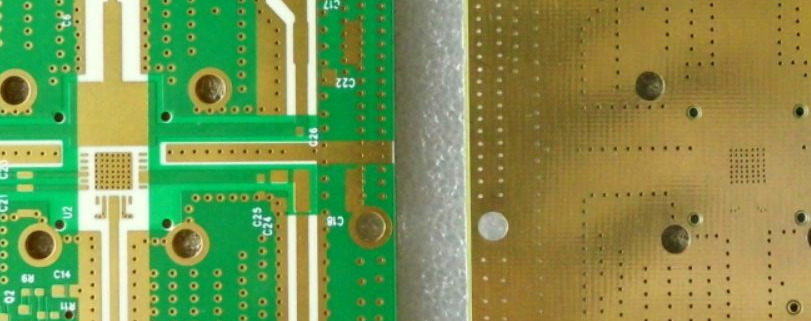Dai Nippon Printing Co., Ltd. (DNP) is a global leader in printing and information technology, renowned for its innovative contributions to various industries, including electronics. Established in 1876, DNP has consistently pioneered advancements in materials science, particularly in the development of high-performance glass substrates.
Glass substrates have become crucial in the modern electronics industry due to their exceptional thermal stability, precision, and optical clarity. These properties make them indispensable for applications in semiconductors, displays, and other high-tech fields, where traditional materials like silicon fall short.
This article aims to provide a comprehensive overview of DNP glass substrates, highlighting their unique characteristics, diverse applications, and the advantages they offer over other materials. By delving into the technical aspects and real-world uses of DNP’s glass substrates, we will illustrate how DNP continues to drive innovation and excellence in the electronics industry.
阅读更多









